County: Independence
aka: Abraham Armory
Batesville Regional Airport
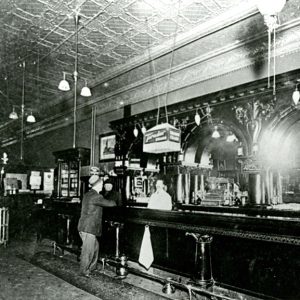 Batesville Saloon
Batesville Saloon
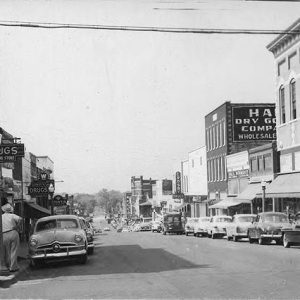 Batesville Street Scene
Batesville Street Scene
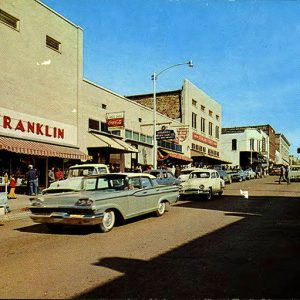 Batesville Street Scene
Batesville Street Scene
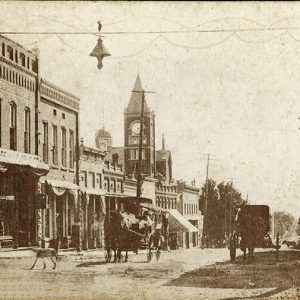 Batesville Street Scene
Batesville Street Scene
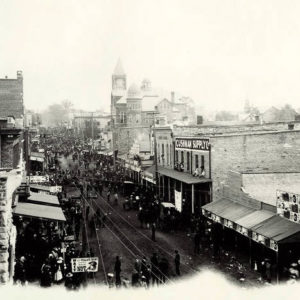 Batesville Street Scene
Batesville Street Scene
 Batesville Street Scene
Batesville Street Scene
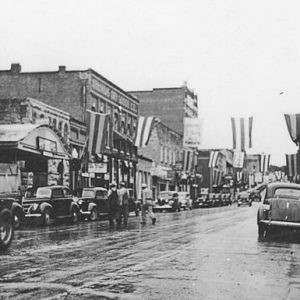 Batesville Street Scene
Batesville Street Scene
Batesville, Skirmish at (February 4, 1863)
Batesville, Skirmish at (May 3, 1862)
Baxter, Elisha
Bean’s Rangers
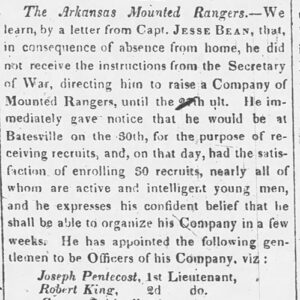 Bean's Rangers
Bean's Rangers
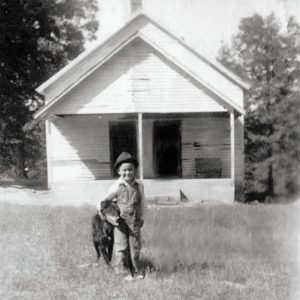 Bell Grove School
Bell Grove School
Bethesda (Independence County)
 Bethesda School
Bethesda School
 Bethesda Church
Bethesda Church
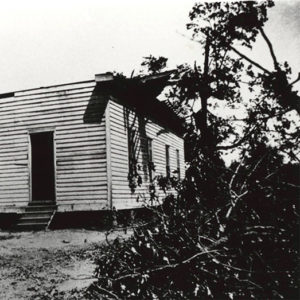 Bethesda Tornado
Bethesda Tornado
 Bill's Cafe
Bill's Cafe
 Lisa Blount Tombstone
Lisa Blount Tombstone
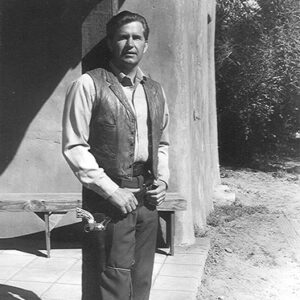 Doyle Brooks
Doyle Brooks
Brooks, John Doyle
Brown, J. L.
aka: James Lafayette Brown
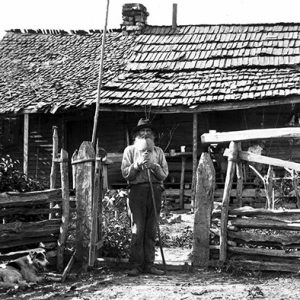 John Wesley Bruce
John Wesley Bruce
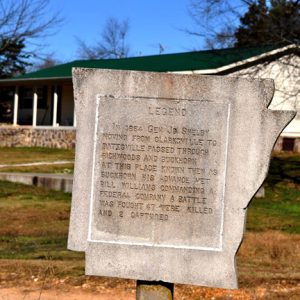 Buck Horn Marker
Buck Horn Marker
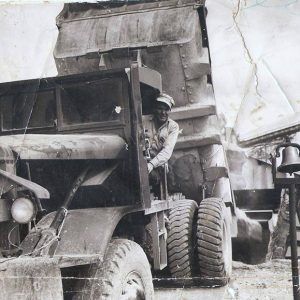 Olen Burrow
Olen Burrow
Burton-Aikin Feud
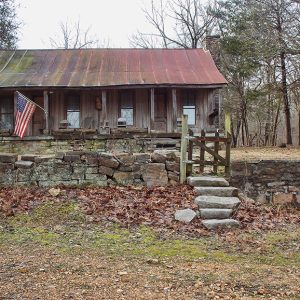 Bustin Home
Bustin Home
Byrd, Henry
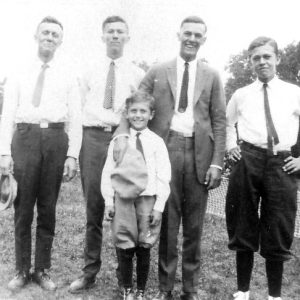 Calaway Family
Calaway Family
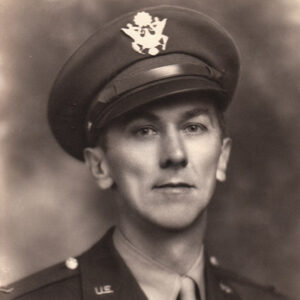 William Hickman Calaway
William Hickman Calaway
 Camp Tahkodah
Camp Tahkodah
Caney (Independence County)
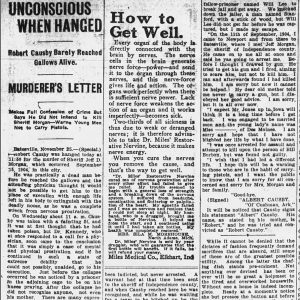 Causby Execution Article
Causby Execution Article
 Causby Execution Article
Causby Execution Article
Causby, Robert Albert (Execution of)
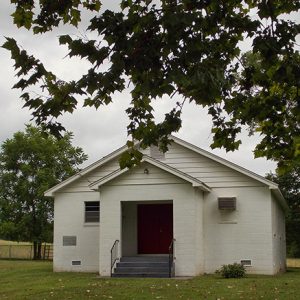 Cave Creek Church
Cave Creek Church
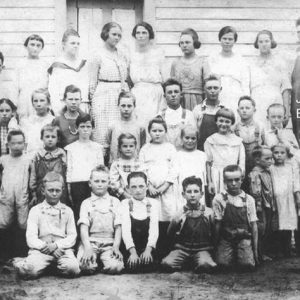 Cave Springs School
Cave Springs School
Cedar Creek Bridge
aka: Goodie Creek Bridge
 Cedar Creek Bridge
Cedar Creek Bridge
 Cedar Creek Bridge
Cedar Creek Bridge
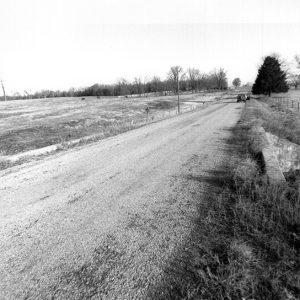 Cedar Creek Bridge Road Bed
Cedar Creek Bridge Road Bed
Cedar Grove (Independence County) [Northeast]
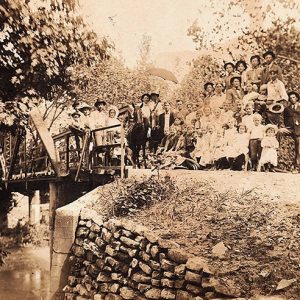 Cedar Grove Bridge
Cedar Grove Bridge
Cedar Grove (Independence County) [Southwest]
 Cedar Grove Masonic Lodge
Cedar Grove Masonic Lodge
Charlotte (Independence County)
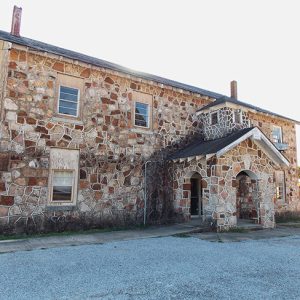 Charlotte School
Charlotte School




